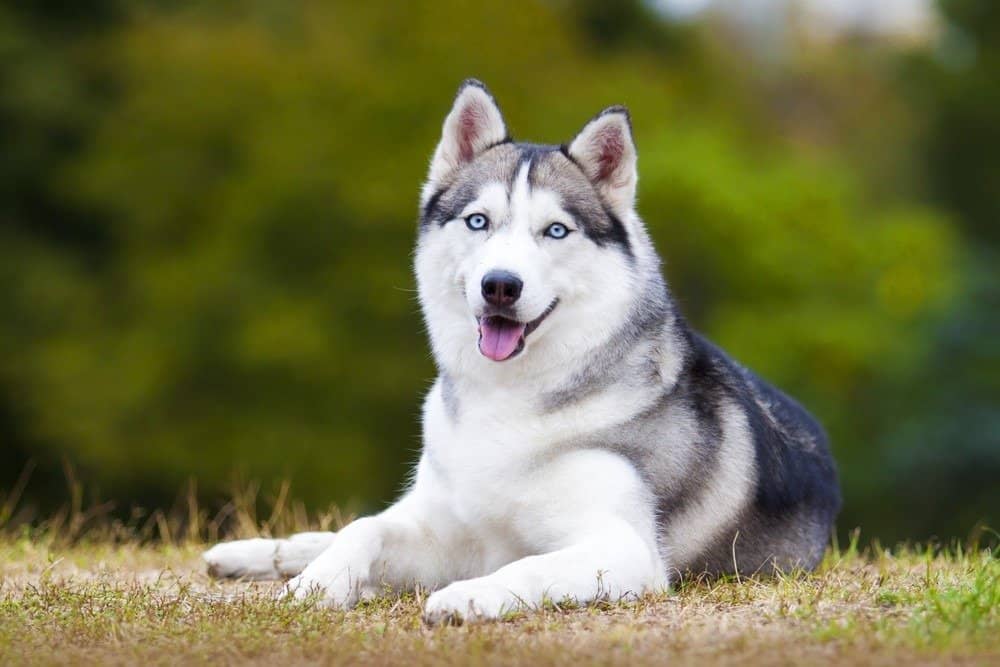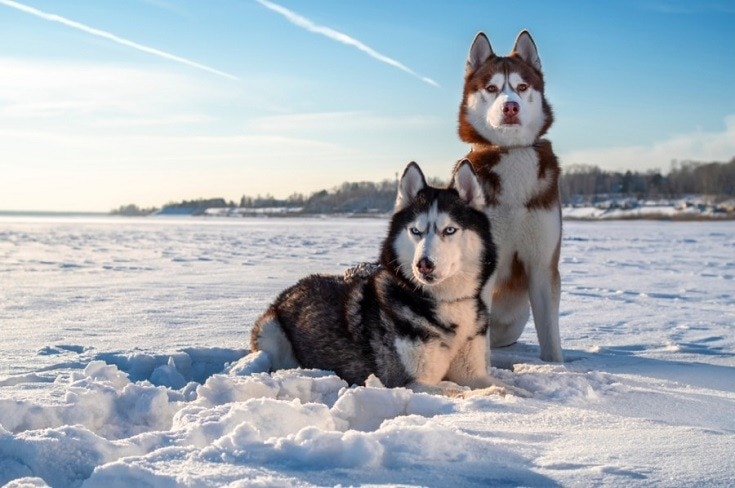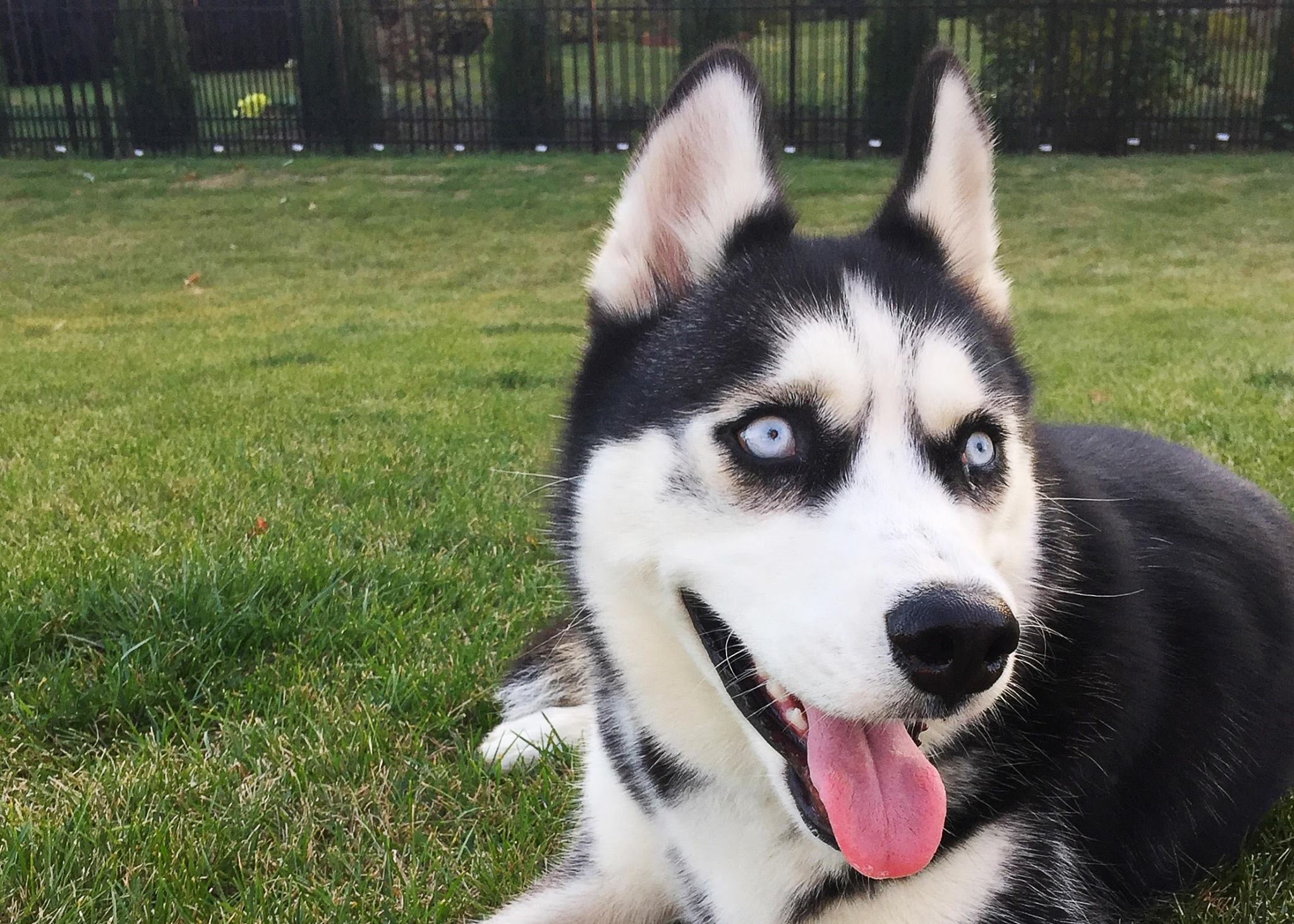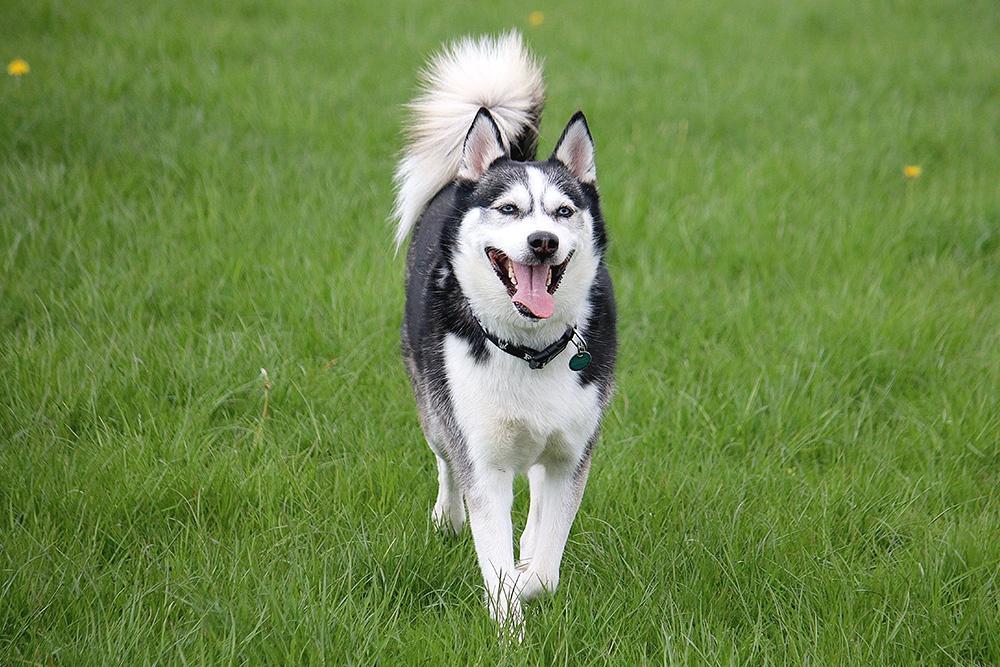Last Updated on March 3, 2024 by Fumipets
The Dangers of Outdoor Temperatures for Husky Dogs
The Chukchi people developed the Siberian Husky to pull sleds great distances in sub-zero temperatures, and the breed is still popular as a sled dog today. The Siberian Husky has a thick double coat that can endure extreme cold. In warmer weather, though, his thick coat leaves him susceptible to overheating. During the summer, especially in hotter areas, husky owners should take extra measures to keep their dogs comfortable and safe.

Cold Weather
Siberian huskies are hardy dogs that can survive temperatures as low as -60 degrees Fahrenheit (-51 degrees C). Barns or insulated dog homes are common places for sled dogs to reside. Your Siberian husky, on the other hand, should be able to spend equal amounts of time inside and outside. Although huskies thrive in cold weather, if your husky spends a lot of time outside, you should always offer a dog house.
The dog house should be well-insulated, have a wind-resistant door, and be just big enough for your pet. Fabric or blankets should not be used since the dog will drag snow inside the doghouse and the blankets may freeze. Because it is absorbent and warm, hay (or straw) is the ideal bedding for doghouse.

Hot Weather
Huskies can adapt to almost any environment, but owners in hotter climes must take extra care. When the husky is outside during the heat, make sure he has enough of shade and drink. If your husky needs to cool down, consider putting a plastic kiddie pool in the backyard. Keep your husky indoors with the air conditioner on if the weather is very hot.
On very hot days, avoid taking them for long runs or walks, particularly if they seem slow or lethargic. Most importantly, during the summer, do not shave their coats. In both hot and cold conditions, the husky’s undercoat regulates its body temperature. Shaving your dog’s coat will expose him to the sun and take away his capacity to regulate his body temperature.

Exercise
Siberian huskies were developed to run great distances and need a lot of physical activity. Exercising your husky in severe weather, on the other hand, may be tough. You may need to wrap up and take your husky for a stroll in the snow during the winter. You should only walk your husky in the early morning or after the sun has set throughout the summer. Keep an eye out for symptoms of overheating and keep the walks short enough to keep your husky happy. Consider playing with your husky inside if you have a basement or other big open space in your house.

Overheating and Dehydration Symptoms
Overheating and dehydration in dogs are symptoms that you should be aware of. Your dog will have a dry nose and gums, sunken eyes, and poor skin elasticity if he is dehydrated. Pull up on the skin on the back of your dog’s neck to see how supple it is. Your dog may be dehydrated if it does not return to normal right away. Noisey breathing and panting, confusion, fainting or convulsions, and darkened gums are all signs of overheating in dogs. You should take your dog to the veterinarian right away if you think it is suffering from either illness. Both diseases are very dangerous and may result in a dog’s death.
https://www.youtube.com/watch?v=2QhnLhCXNik


















